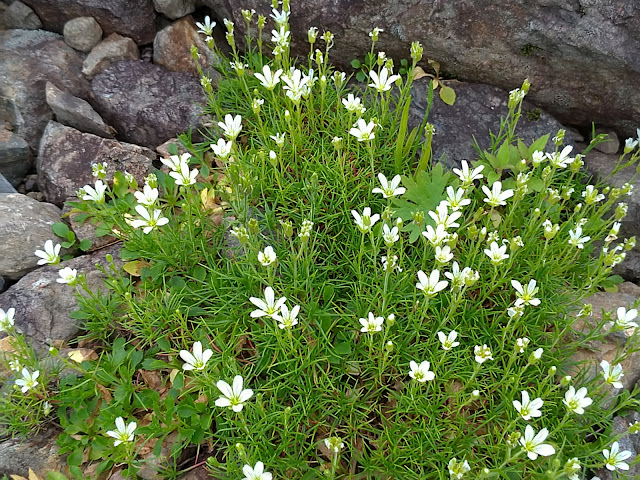In winter it's hard to imagine that there can be other plants than grass growing on the slopes. Well, that is the case with Goryu Alpine Botanical Garden. From mid June until end of October the top slope at Goryu becomes a mountain meadow with all kinds of beautiful flowers.
Most of the flowers are planted every spring and then before the winter season their bulbs are dug out and stored in a warmer place. It's not an easy task to keep this Alpine Garden going, but with wonderful staff and many gardeners Goryu manages to do that very well. Just take a look below at the photos of all the amazing flowers blooming there at the end of July.
To get to the top of Goryu you need to take the gondola up, just like in winter. Then you can take another chairlift to go to the top of the garden or you can start exploring it from the bottom.






Dicentra peregina (コマクサ komakusa)

Thymus quinquecostatus


Dianthus superbus
Bistorta affinis
Gentiana makinoi
After the walk you can grab relax and enjoy lunch at the Alps 360 restaurant. You can also try the blueberry ice-cream.










Comments
Post a Comment